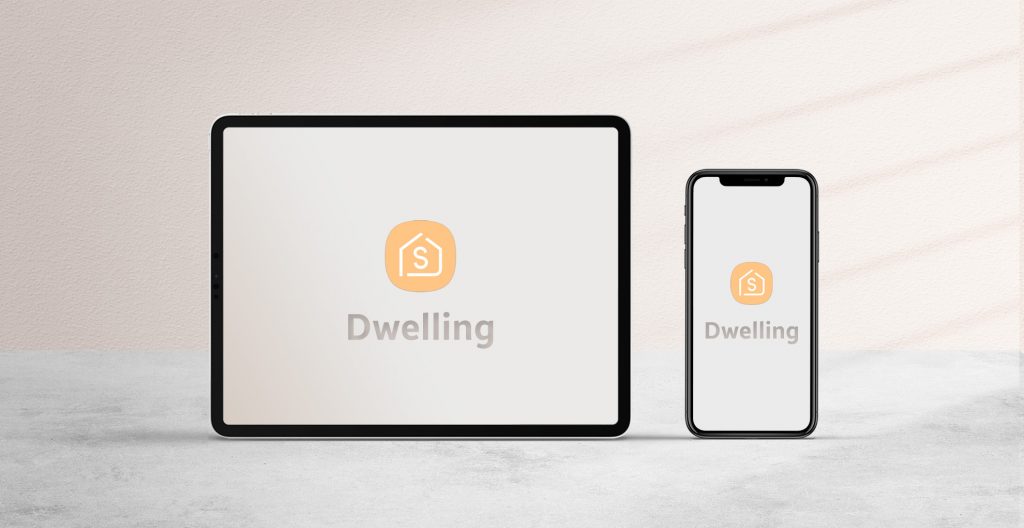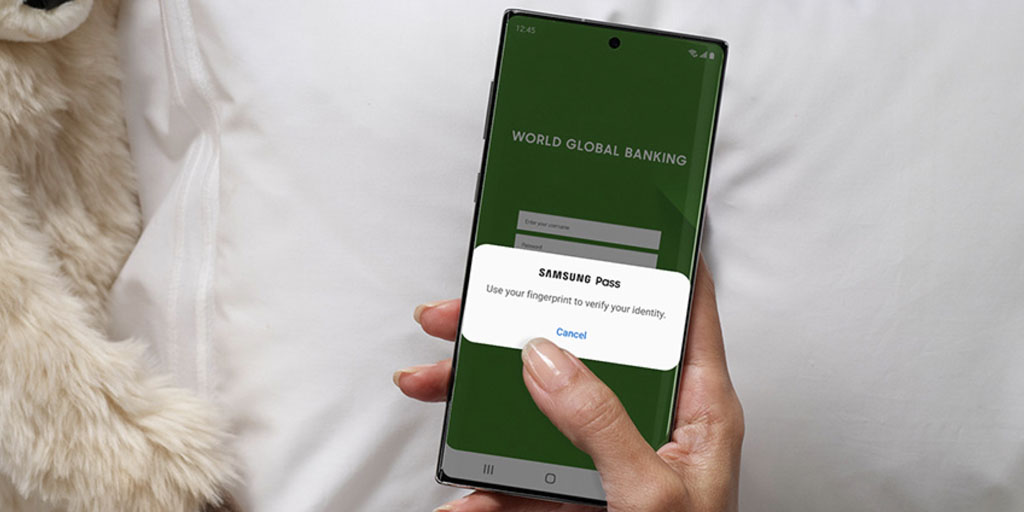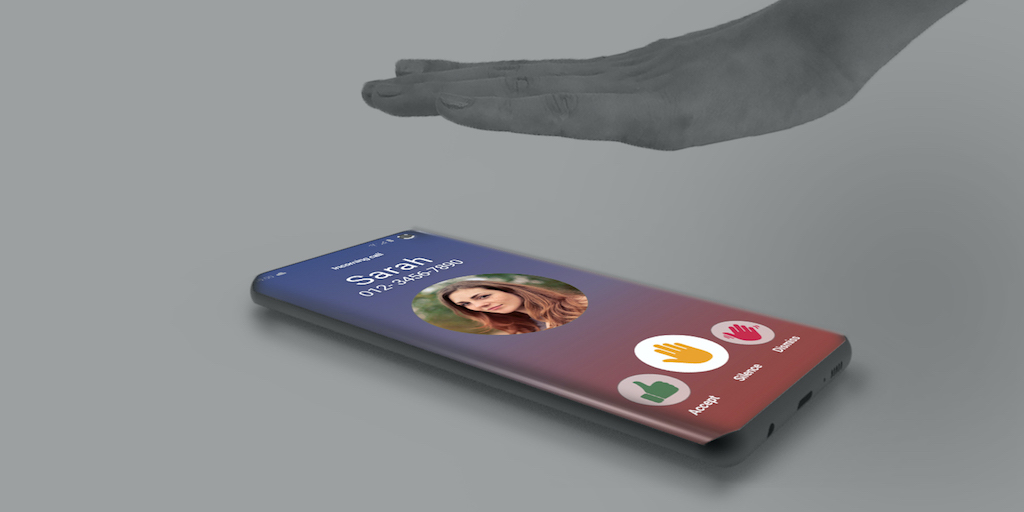Exploring urban dwelling usage to inform appliance design

Exploring urban dwelling usage to inform appliance design Samsung Share As the urban population (>75%) is supposed to continue its growth, dwellings demand will follow along. The client requested an analysis of Europe’s housing market, its recent past and emerging trends. Focusing on millennials, the generation approaching the property market, we investigated emerging drivers for both dwelling and major household appliances. 3 things to know Dwelling space is increasingly a premium In the three cities, singles/couples look for 55-65 sq m apartments; families are more focused on 70-80 sq m. It is also common for single people to live in studio apartments (about 30 sq m), especially in Milan and Stockholm. House minimum set-up Tenants in Berlin and Milan usually find, in the dwellings they rent, some basic pieces of furniture (table, chairs, beds) besides a functioning kitchen complete with cabinets. Appliances are transient When renting, people have a temporary attitude towards appliances and they tend to buy either less expensive (to leave-in when relocating), small (e.g. toaster, kitchen robot), or portable ones (e.g. free standing fridges). Gallery In depth Service mix: Business strategy design Behavioral modeling Ethnography Context We supported a client in mapping European changes in residential space, identifying population structures in urbanized areas, while highlighting areas where millennials aspire to live. The research predicts changes in the layout and setup of urban abodes and derives opportunities for base-line vs luxury appliance configurations. Challenge We investigated the EU property market and the demographics of Germany, Italy and Sweden to define the target sample fitting the research brief. The ensuing fieldwork aimed at involving realtors, interior architects and millennial owners and tenants in Berlin, Milan and Stockholm. Research We conducted an extensive fieldwork across Europe, touching 3 cities. Contextual interviews and dwelling observations involved 7 realtors, 19 residents and 3 local experts. The visits in millennial homes exposed the research team to the attitude, lifestyle and purchase drivers of this new generation of tenants and owners. Design The analysis of the extensive body of evidence collected resulted in insights about key drivers influencing millennials’ purchase of dwellings as well as home appliances. Participant profiling guided the team in identifying opportunities for home appliance brands that aim at addressing the expectations of millennial customers. Impact The research helped shed light on initial assumptions, discovering evidences for decoupling prime properties and luxury consumer products: people expect kitchen appliances to come in “kits” linked to kitchens. Customers expect to refer to kitchen suppliers for all issues pertaining kitchen components. As cooking habits change and fresh food consumption increases, people tend to forgo appliances that are culturally connected to long-term food preservation. Open floor plans entail kitchens, and the appliances therein are always on the front-stage. When use scenario switches to full entertainment or living, appliances should be able to blend with the rest of the interior. Related projects All Services Behavioral design Research and assessment Strategy Consumer technology Buttonless: engaging users in interactions with keyless devices Consumer technologyFinance BancoSmart, an award-winning ATM Consumer technology Finding entertainment on the go Go back to our portfolio
Mobile Privacy UX

Mobile Privacy UX Samsung (South Korea) Share Experientia has worked for Samsung Electronics on a wide variety of projects since 2005 that covered different phases of their design process. This project was commissioned from Samsung South Korea and aimed to understand how users interpret privacy, both from a wide and narrow perspective, in order to support Samsung in the design of new privacy-related products and services. 3 things to know What users are talking about when they say “Privacy” For people privacy is an important good in itself.Privacy concerns are higher in a mobile ecosystem; to overcome this issue, companies have to rely on the trust that people grant them, and should aim to build stronger user confidence. Security and Privacy are different breeds The tech community has pushed a narrative where privacy is articulated as data security, which in turn gets translated in settings and features. This is challenging for people. Being comfortable with one’s own data What people share in the digital environment is tightly associated with the perceived risk of this action. The seriousness of risk is identified by two dimensions: the perceived distance of data disclosure consequences, and the affinity to people’s daily lives. Gallery What people share in the digital environment is tightly associated to the perceived risk of this action. How competitors address privacy Our approach Opportunity map In depth Service mix: Design thinking Ethnography Useful links: Link External link Context People who care about their privacy often feel that they are “forced” to disclose personal data, and are concerned that they don’t really know what they are really disclosing. To map this better, it’s important to start with the acknowledgement that peoples’ notions of privacy often differ significantly from how the industry and media approach this subject. Challenge Samsung asked Experientia to conduct a research to understand how users interpret privacy, in order to gain insights on users’ habits and concerns related to smartphone use, and to define UX solutions that tackle their pressing needs. Research Experientia conducted a thorough assessment of key privacy features in 3 devices. Social media listening shed light on the ongoing discussion about privacy on social media. We also interviewed users in different countries to collect a direct account of what they think privacy means for them and identify key aspects of people’s everyday life that are impacted by technology and how these aspects raise privacy safeguard concerns. The team finally engaged in conversations with experts to earn insights on broader privacy implications to add value to the research as they helped in identifying some crucial topics to discuss with users. Design Based on the fieldwork evidence, Experientia defined a privacy framework to synthesize how people address their privacy needs in the digital domain. The issues identified by researchers were re-formulated as “How might we…” questions. Experientia identified several high-level opportunities indicating possible alternative options to tackle each broader research-driven issue. Each issue with its challenge and connected recommendations was addressed by a set of opportunities indicating potential areas of intervention. Impact Experientia helped Samsung in better understanding privacy from peopler’s perspective and in defining human-centered design directions and actionable principles that could enhance the user experience addressing users’ pressing needs while simultaneously achieving two objectives: “make safe” and “feel safe”. Link External link Related projects All Services Behavioral design Research and assessment Strategy Consumer technology Buttonless: engaging users in interactions with keyless devices Brand UXConsumer technology European car aesthetics: Unveiling preferences and values Consumer technology Customer experience insights to innovation Go back to our portfolio
Buttonless: engaging users in interactions with keyless devices

Buttonless: engaging users in interactions with keyless devices Samsung Share As we inch closer to phones with all-screen designs, physical buttons are on the chopping block. But how do you interact with a smartphone that has no buttons? Samsung asked Experientia to develop two navigation frameworks for a concept device. 3 things to know A new language Through extensive research, benchmarking, and the organization of a workshop with industry experts (incl. cognitive psychologists and UX specialists), a new language of interacting with a buttonless device was constructed, focusing not merely on isolated substitutes. From the workshop, two design challenges were identified and subsequently developed. The path to keyless strategy The strategy is based on analyzing the dynamic relationship between the user and the device, understanding that the device’s position significantly influences interaction (Edward T. Hall, ‘Proxemic’, 1968). By tracking user location and device handling, the device and its AI can anticipate user expectations and respond intelligently to various usage conditions. UX, UI and usability test The development of a functional physical prototype for a specific interaction was instrumental in augmenting the persuasiveness and efficacy of our design proposition. Moreover, Experientia conducted a usability test involving seven participants whose demographic characteristics aligned with potential international users of forthcoming Samsung flagship devices. This assessment centered on evaluating key aspects of the developed UX framework, thereby providing valuable insights into its usability and effectiveness. Gallery Benchmark Competitor Assessment Concept development Test User Test In depth Service mix: Envisioning Prototyping Information architecture User experience testing Useful links: Wired article External link Context Samsung, one of the world’s renowned communication companies, turned to Experientia to craft a tailored UX framework for the development of buttonless mobile solutions, encompassing both lateral and non-lateral interfaces. Challenge The task for Experientia was to cultivate a distinct language of interaction between users and their devices, fostering a seamless and intuitive user experience. Research The research process aimed to create user-centric UX navigation frameworks for buttonless devices. It started with market benchmarking and heuristic evaluations of alternative interaction methods, then an expert workshop identified key issues. Framework ideation led to tailored proposals, prototyped for validation. Design User testing gathered valuable insights, including changes in device handling under different conditions, universal gesture commands, and strategies for preventing user errors. This thorough research process informed the creation of user-centric UX navigation frameworks, ensuring a seamless and effective user experience. Impact The results of the project, center on establishing a symbiotic language between the device and the user. This language encompasses specific gestures and interaction cues designed to facilitate a seamless and harmonious collaboration between the user and the device, ultimately enhancing the overall user experience. Wired article External link Related projects All Services Behavioral design Research and assessment Strategy Brand UXConsumer technology European car aesthetics: Unveiling preferences and values Brand UXConsumer technology Mobile Privacy UX Consumer technology Customer experience insights to innovation Go back to our portfolio

